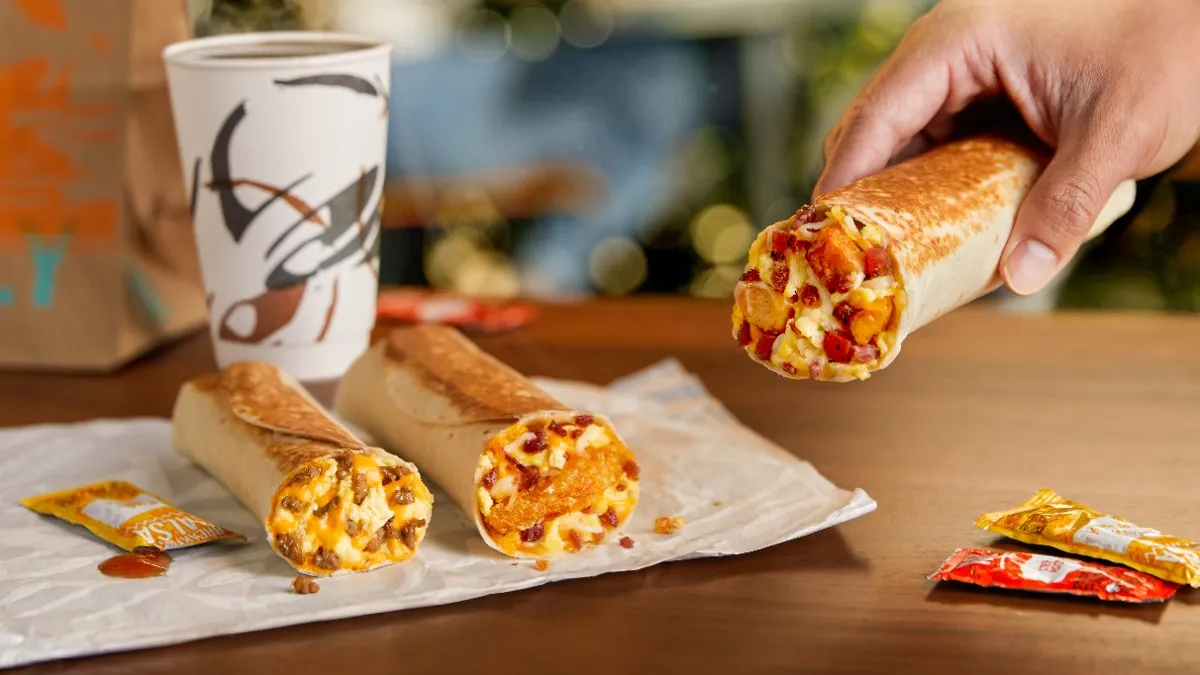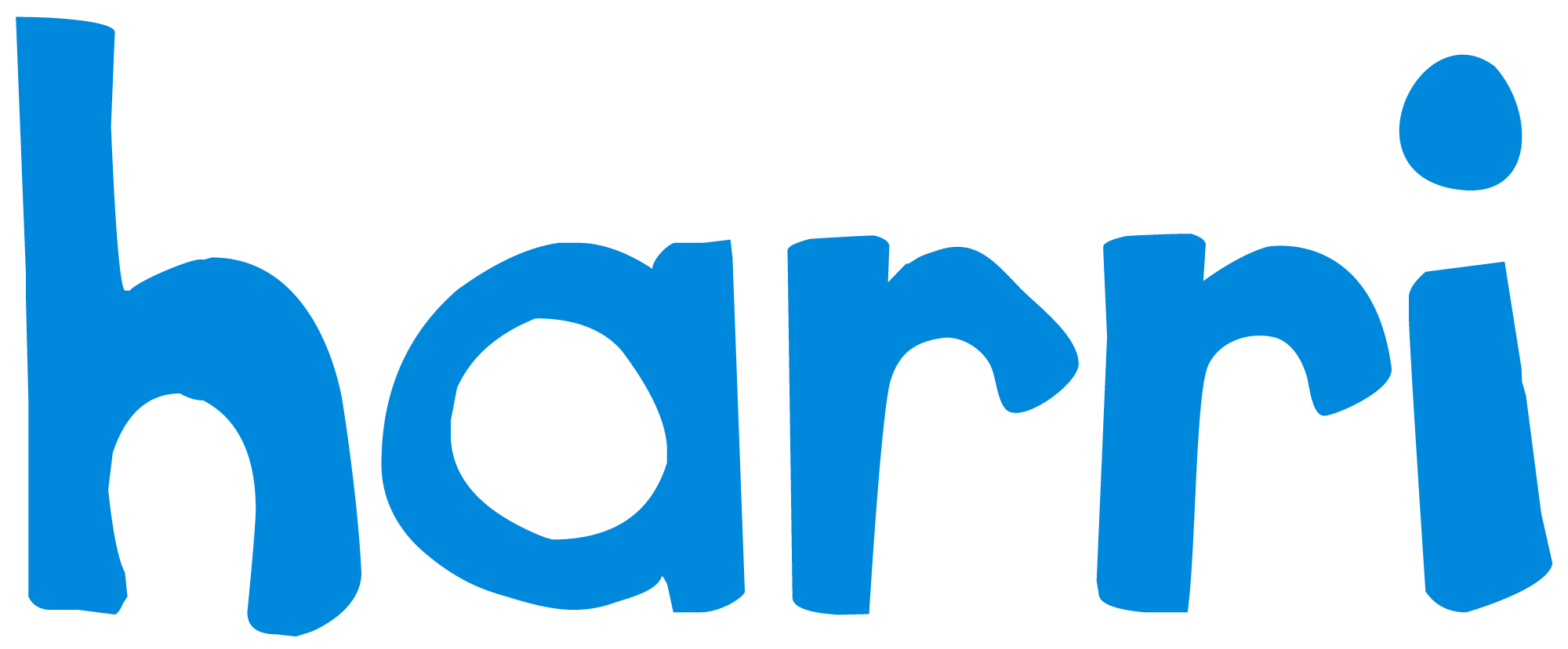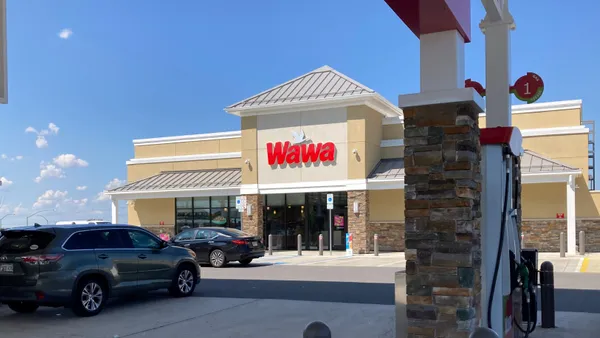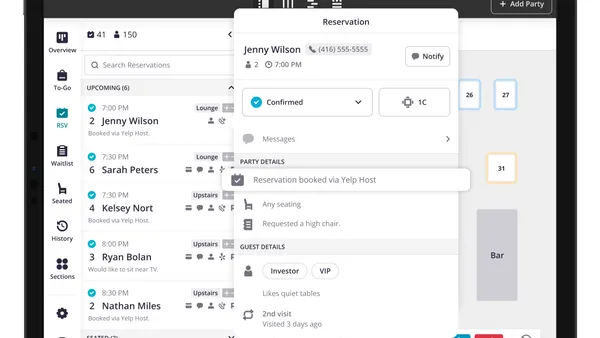Dive Brief:
- Yum Brands provided a quarter-to-date business update Wednesday, noting in an SEC filing that sales trends have "improved meaningfully in recent weeks," though the pandemic continues to affect sales globally.
- Highlights from the report include same-store sales growth in the low-single digits thus far in the quarter for KFC U.S., and growth in the low-single digits quarter-to-date for Pizza Hut U.S. However, Taco Bell has experienced a decline of high-single digits quarter-to-date.
- Sales for both Pizza Hut and KFC U.S. have also increased as the quarter has progressed, with KFC generating growth in the mid-teens since the end of April, and Pizza Hut sales growth in the low-teens since the end of April. Conversely, Taco Bell has turned "slightly positive" since that time.
Dive Insight:
Both KFC and Pizza Hut received a boost from the dinner daypart and because their menus consist of group-friendly buckets and pizzas for families quarantined together at home. They’re also more insulated than many industry players because of their strong off-premise channels — the drive-thru and delivery for KFC and delivery/carryout for Pizza Hut.
No doubt these channels have proven to be critical during nationwide dining room closures. Digital orders from restaurants were up 106% in April versus April 2019, third-party delivery orders were up 204% in that same time, and the drive-thru accounted for nearly half of all restaurant visits for the month, according to The NPD Group.
Not only have KFC and Pizza Hut jumped on a positive growth trajectory, they’re setting records. In early May, Pizza Hut U.S. recorded its highest delivery and carry-out average sales week in the past eight years. Similarly, in early May KFC U.S. recorded the highest average sales per store in a week in brand history.
However, that giant drive-thru footprint hasn’t protected Taco Bell from the effects of municipal guidelines taking morning commuters off the roads and late-night revelers off the grid during the novel coronavirus crisis. Breakfast and late-night are both strong dayparts for the Taco Bell brand (neither KFC or Pizza Hut have a breakfast menu) and therefore it’s no surprise that recovery is taking longer than at its sister chains.
Prior to the pandemic, breakfast was an intensifying space in QSR, with Wendy’s throwing its hat into the ring in early March, McDonald’s and Burger King rolling out new products and Panera launching a coffee subscription program. Taco Bell itself debuted a Toasted Breakfast Burrito menu.
There’s a reason breakfast was a major focus pre-coronavirus — it was the fastest and only growing daypart in the industry. But during recent earnings calls, executives across chains acknowledged the dire effects the lockdown has had on morning sales in particular.
McDonald’s CEO Chris Kempczinski said breakfast will be the "most challenged daypart" because of COVID-19-related circumstances. Yum CEO David Gibbs said Taco Bell restaurants had the option to pause offering breakfast and adjust hours as appropriate.
Perhaps a bigger challenge for Taco Bell is not knowing if or when it will get that morning business back. A new survey from IBM found that 54% of Americans want to work from home primarily, while 75% want to do so occasionally. As such, major companies like Facebook, Twitter, Square and Shopify plan to allow a bulk of their staff to work remotely after the pandemic. If more follow suit, it could have major implications for quick-service chains that serve breakfast and rely on morning commuters looking for speed and convenience.












